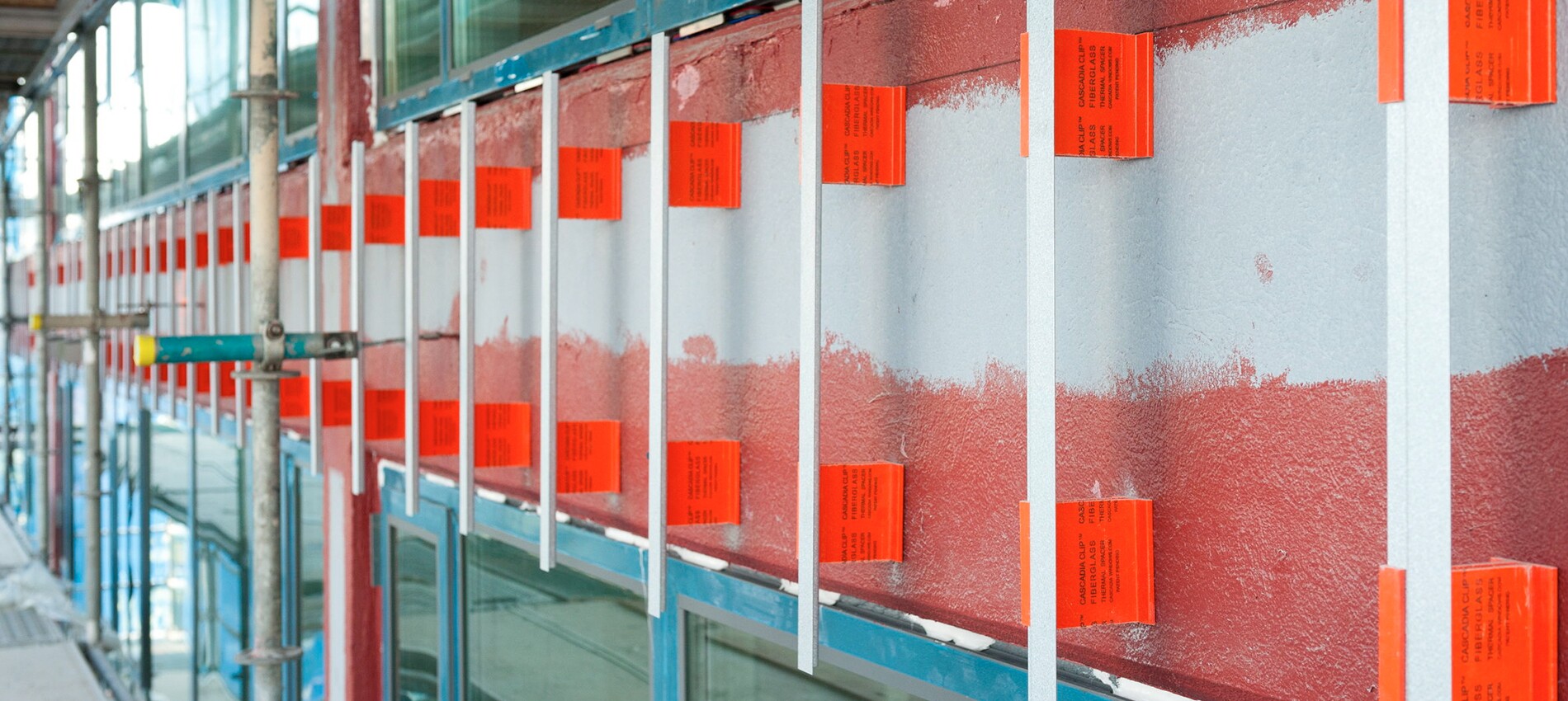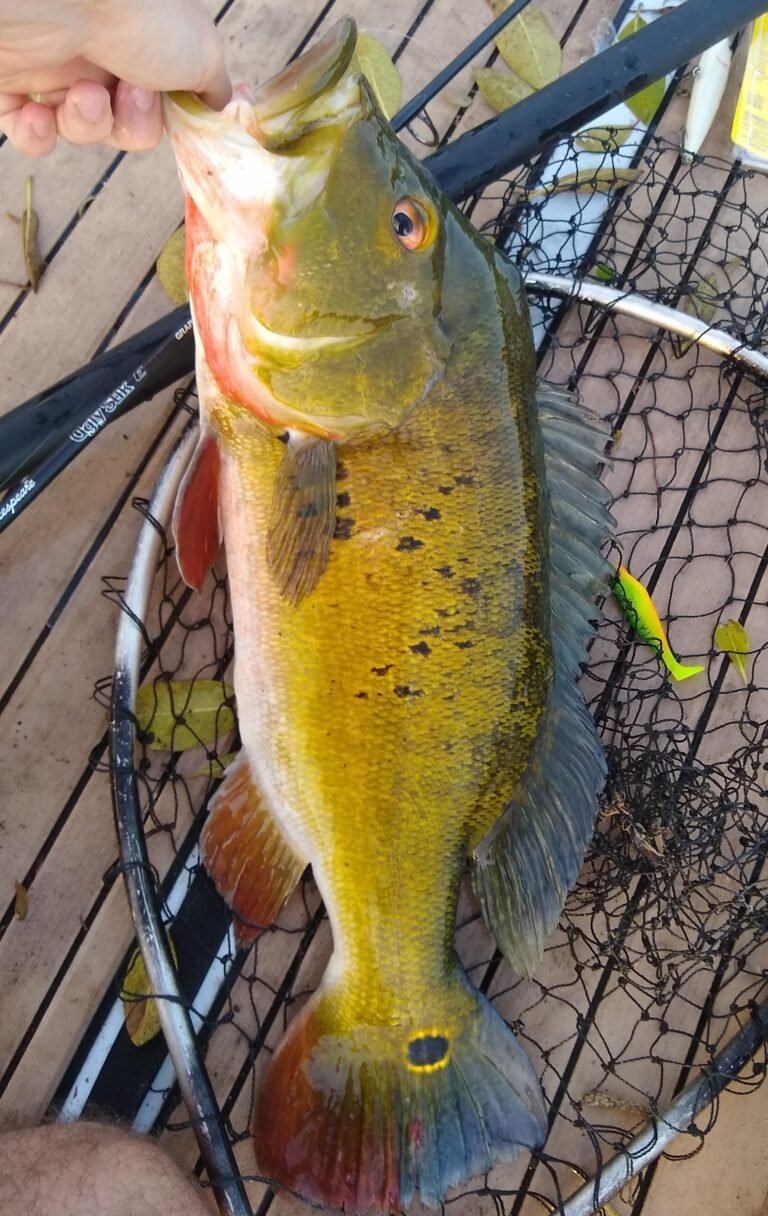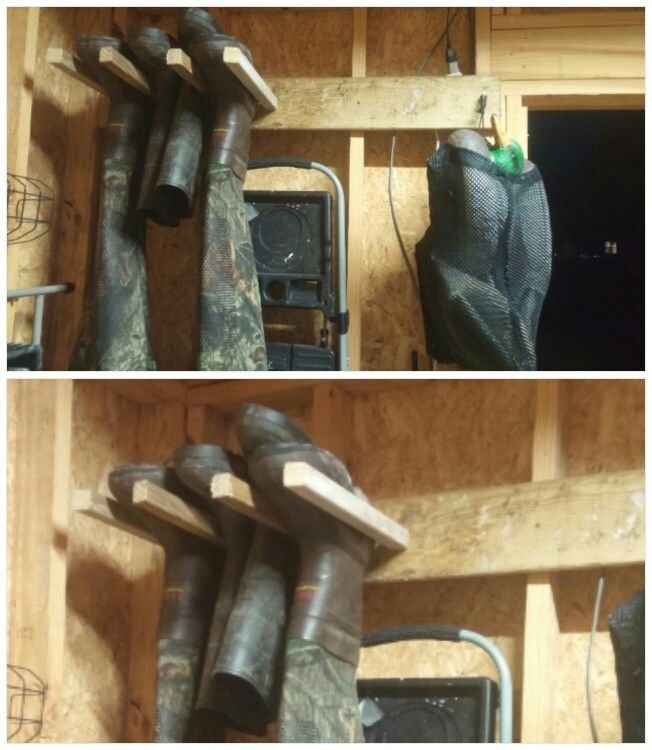How to Attach Something to Fiberglass | Attaching Items to Fiberglass Surfaces 2025
There are a few different ways that you can attach something to fiberglass. One way is to use an adhesive. Another way is to use mechanical fasteners.
And yet another way is to weld the two pieces together. Each method has its own advantages and disadvantages, so you will need to decide which one is best for your particular project.
- Clean the area where the adhesive will be applied with a cloth dampened with alcohol
- This will remove any dirt, grease or wax that could prevent the adhesive from bonding properly
- Apply the adhesive to both the object and the fiberglass surface
- Use a putty knife or another similar tool to spread it evenly over both surfaces
- Press the two surfaces together firmly and hold them in place for at least 30 seconds
- Wipe away any excess adhesive that may have squeezed out from around the edges of the joint using a cloth dampened with alcohol
How to Screw into Fiberglass
If you’re looking to screw into fiberglass, there are a few things you’ll need to keep in mind. First, you’ll need to make sure that the bit you’re using is sharp and designed for use with fiberglass. Second, you’ll want to go slowly at first to avoid cracking the material.
Finally, be sure to countersink the screws so that they sit flush with the surface.
With these tips in mind, let’s take a look at the steps involved in screwing into fiberglass:
1. Start by drilling a pilot hole through the center of where you want to place your screw.
This will help to prevent the material from cracking when you start driving in your screw.
2. Next, insert your screw bit into your drill and slowly start driving it into the pilot hole. As you do this, be sure to keep an eye on the depth of the hole so that you don’t go too deep and cause damage to any wiring or plumbing that may be behind the wall.
3. Once your screw is tight, remove your drill bit and countersink it so that it sits just below the surface of the fiberglass. This will give your finished product a much cleaner look.
Best Glue for Fiberglass
There are a few different types of glue that can be used on fiberglass, but not all are created equal. Here is a rundown of the best options out there to help you make the right choice for your project.
1. Epoxy
Epoxy is by far the best option for bonding fiberglass to itself or other surfaces. It forms a strong, permanent bond and can even be used underwater. Just keep in mind that it takes 24 hours to fully cure, so plan accordingly.
2. Super Glue
Super glue is another good option for bonding fiberglass, but it’s not as strong as epoxy and doesn’t work well on wet or damp surfaces. It also has a tendency to discolor clear fiberglass, so use it sparingly if aesthetics are important.
3. Marine Grade Adhesive Sealant
This type of adhesive is specifically designed for bonding fiberglass to metal or wood surfaces in marine environments. It’s waterproof and weatherproof, making it ideal for boatbuilding projects.
However, it requires ventilation during curing so keep that in mind when using it indoors.
Whatever type of glue you choose, make sure to test it on a small area before committing to the entire project.
Glue for Fiberglass to Plastic
When you need to glue fiberglass to plastic, there are a few things you need to take into account. The first is that not all adhesives will work with both materials. You’ll need to find an adhesive that’s specifically designed for bonding fiberglass to plastic.
The second is that the surface of the plastic needs to be properly prepared before you can apply the adhesive. Otherwise, the bond won’t be strong enough.
To prepare the surface of the plastic, start by sanding it down with fine-grit sandpaper.
This will create a rough surface for the adhesive to grip onto. Next, clean the surface with a solvent like denatured alcohol or acetone. This will remove any residual oils or dirt that could prevent the adhesive from bonding properly.
Once the surface is clean and dry, you’re ready to apply the glue.
When applying the glue, make sure to use a thin layer so that it doesn’t overflow when you press the two surfaces together. Also, be sure to work quickly since some adhesives have a short working time before they start to set up and harden.
Once you’ve applied the glue, press the two surfaces together firmly and hold them in place until the bond has set up and dried completely.
Waterproof Glue for Fiberglass
Waterproof glue is an important part of any fiberglass project. There are many different types and brands of waterproof glue, so it’s important to choose the right one for your project.
Waterproof glue comes in two main types: contact cement and epoxy.
Contact cement is a strong adhesive that forms a permanent bond between two surfaces. It’s typically used for bonding two pieces of fiberglass together. Epoxy is a much stronger adhesive that can be used to bond metal, plastic, and glass.
It’s often used in boatbuilding and other high-strength applications.
When choosing a waterproof glue, it’s important to consider the type of material you’re working with and the strength of the bond you need. For most fiberglass projects, contact cement or epoxy will work well.
Be sure to follow the instructions on the product label carefully to ensure a strong and lasting bond.
Screw Through Fiberglass Hull
There are a few reasons why someone might want to screw through their fiberglass hull. The most common reason is to install something, like an anchor or cleat. But there are a few things you need to know before you start drilling into your boat.
First, you need to make sure that whatever you’re attaching is properly rated for the job. Second, you need to drill a pilot hole first, using a bit that’s slightly smaller than the screw you’ll be using. This will help prevent the screw from splitting the fiberglass.
Once you’ve drilled your pilot hole, it’s time to start screwing in your chosen fastener. Start by hand, then switch to a power drill once the screw has started to bite into the hull. Be careful not to over-tighten the screw, as this can also cause damage to the hull.
With a little care and attention, screws can provide a strong and secure attachment point for anything you need to add to your boat’s hull.

Credit: www.cascadiawindows.com
Can I Screw Directly into Fiberglass?
If you’re looking to screw something into fiberglass, you’ll first want to make sure that the screw is made of a material that won’t corrode when it comes into contact with fiberglass. Stainless steel or brass screws are both good choices. You’ll also want to make sure that the screw is the correct size and length for the job – too small of a screw will strip easily, while too large of a screw can cause damage to the fiberglass.
Once you have your screws, predrill pilot holes into the fiberglass before driving in the screws. This will help prevent cracking and splitting. Be careful not to over tighten the screws, which can also cause damage to the fiberglass.
Will Self-Tapping Screws Hold in Fiberglass?
Self-tapping screws are a type of screw that is designed to create its own thread as it is driven into a material. This makes them ideal for use in materials that are difficult to thread, such as fiberglass. While self-tapping screws can be used in a variety of materials, they are especially well-suited for use in fiberglass due to the fact that they can create their own threads without the need for a pilot hole.
This means that they can be used in thinner materials without the risk of the screw breaking through the material. Additionally, self-tapping screws have a sharp point that helps them penetrate hard materials like fiberglass.
How Do You Drill a Hole in Fiberglass Without Cracking It?
When it comes to drilling a hole in fiberglass, there are a few things that you need to keep in mind in order to avoid cracking it. First of all, you need to make sure that you’re using the right drill bit. A regular metal drill bit will not do the trick – you’ll need a carbide-tipped or diamond-tipped one specifically designed for drilling through hard materials like fiberglass.
Secondly, you need to be extra careful when starting the hole. Apply gentle pressure as you start drilling, and then increase the pressure gradually as the drill bit bites into the material. If you apply too much pressure from the get-go, there’s a good chance that you’ll crack the fiberglass.
Finally, take your time when drilling through fiberglass. It’s not a race – go slowly and steadily, and resist the urge to push too hard. Remember: taking your time now will save you frustration (and possibly costly repairs) later on down the road.
Can You Nail into Fiberglass?
If you’re looking to add some extra support to your fiberglass project, nailing into the material is one way to do it. But before you start pounding nails, there are a few things you need to know.
For starters, not all nails are created equal when it comes to working with fiberglass.
Steel or aluminum nails may seem like they would do the trick, but they can actually cause more damage than good. The key is to use specially-designed fiberglass nails that won’t split or crack the material.
Another important consideration is where you’ll be placing the nails.
It’s best to avoid areas that are already weakened or thinned out, as this could cause the entire structure to collapse. Instead, focus on attaching the nails into strong, sturdy sections of fiberglass.
Once you’ve selected the right type of nail and found a good spot to place it, you’re ready to start hammering away.
Just be sure to go slowly and carefully so you don’t accidentally damage the surrounding area. With a little patience and effort, your project will soon be secure and supported by those tough fiberglass nails.
Lumitec Minute Expert: Drilling & Screwing Fiberglass
Conclusion
Overall, it is really easy to attach something to fiberglass. You just need the right tools and materials, and to follow the proper steps. With a little bit of time and effort, you can attach almost anything to fiberglass.





